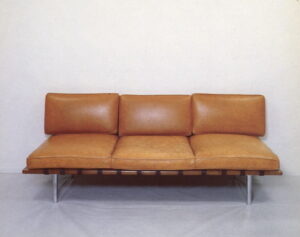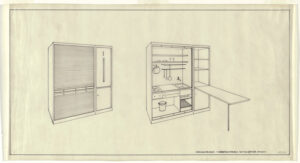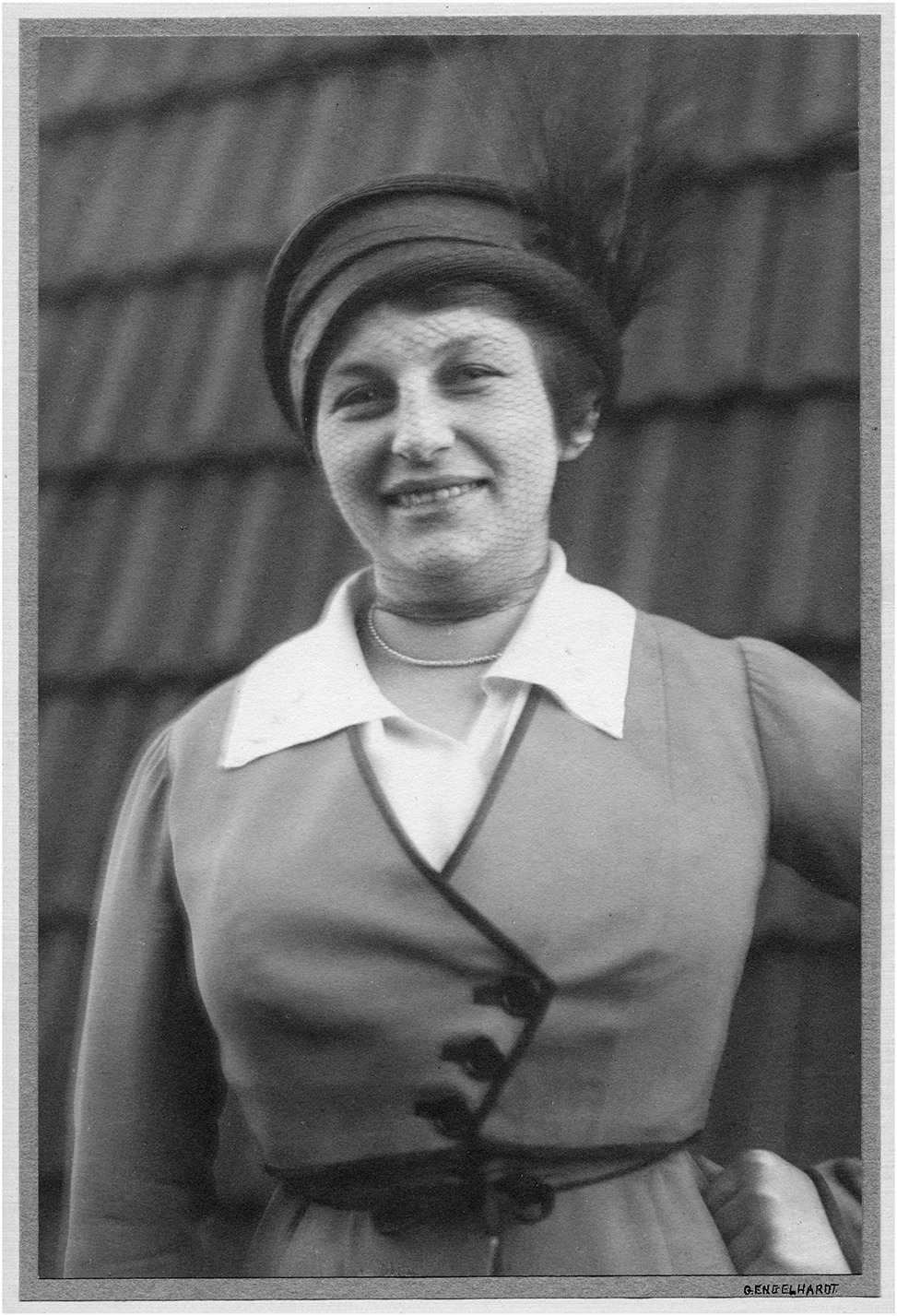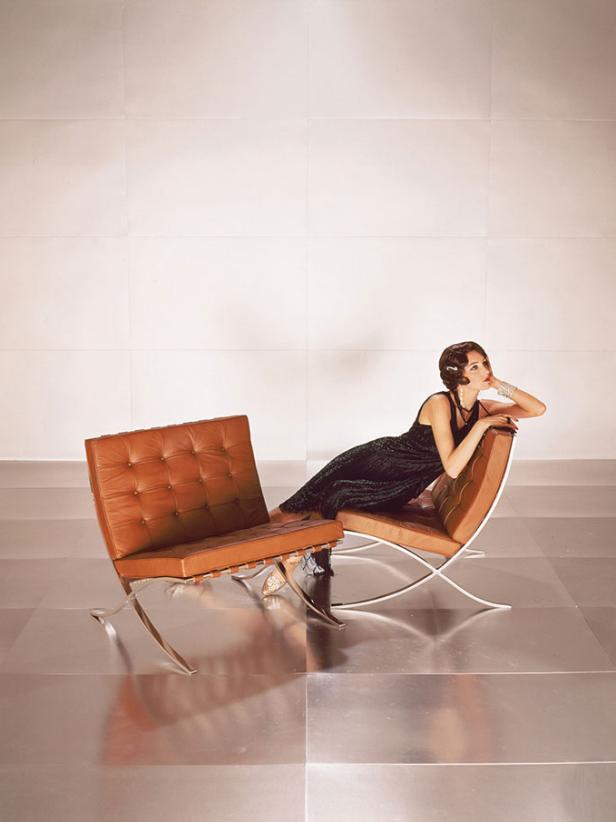As part of our ongoing “Women in Architecture” series, we’re spotlighting an often overlooked contributor to the Modernist Movement, Lilly Reich. Popularly known for being a close confidant and collaborator of Ludwig Mies van der Rohe, Reich was a spearhead of the times in her own right, contributing many acclaimed designs that are still prominent today. Learn more about her extraordinary life and work below:
The Life of Lilly Reich
Lilly Reich was born on June 16, 1885, in Berlin, Germany. Throughout her childhood and early adult life, many of her interests belonged to the arts and crafts, specifically embroidery. At 23 years old, Reich traveled from Germany to Vienna, Italy, where she found work at Josef Hoffman’s visual arts production company. Reich continued to explore her passion for embroidery in Vienna, and thanks to the many other artists and designers who worked with her, she eventually discovered new mediums, including textile, clothing, and even designing store windows.
In 1911, Reich returned to her home in Berlin, where she was determined to find a career. Less than a year after moving back, she became a member of the Deutscher Werkbund, or German Work Federation. After shifting her design focus from textile and clothing to other forms of design like furniture and interiors, Reich’s professional reputation quickly blew up. And, in 1920, after eight years in the Deutscher Werkbund, she became the first woman elected to its governing board.

Reich was working at Frankfurt’s Trade Fair Office in 1924 when she first met Mies. They immediately formed a connection that sparked a decades-long period of collaboration between the two. Continuing her dominance in design at the time, Reich became the creative director for Germany’s contribution to the Barcelona World Expo in 1929. The Expo’s most notorious contribution included the Barcelona Chair, which was designed by Mies and Riech respectively. Reich and Mies continued collaborating until his emigration to the United States in 1938.
The Work of Lilly Reich
Reich’s ambition and adaptability also carried over into her career. While working with Mies, Reich designed several furniture series of tubular steel – one of the only women doing so at the time besides Charlotte Perriand. Inspired by the modern technology and materials of the time, she contrasted the coolness of steel with warm materials such as wood and leather – a staple of her creations. The furniture designs included everything from chairs and tables to bed frames and day beds.

Reich’s contribution to interior design expanded beyond furniture. In 1931, for the German Building Expo in Berlin, she embraced the ideals of domestic reformers of the time and designed Apartment for a Single Person. A radical idea for the time period, the design featured a cooking cabinet that took the appearance of a closet. However when opened, it revealed a sink, shelves, drawers and plenty of counter space.
As a woman in her field during the early 20th century, Lilly Reich found a way to break traditional barriers and establish herself as a leader of the Modernist Movement. Whether collaborating with other visionaries like Mies or contributing her own ambitious designs, Reich always found a way to leave her mark on society, securing a legacy few can achieve.



